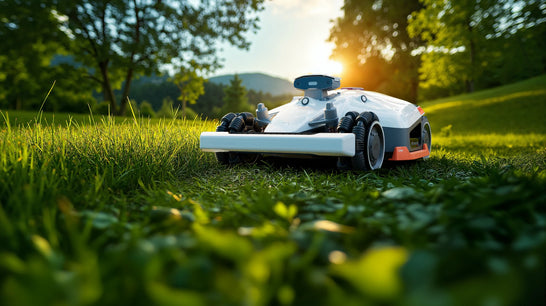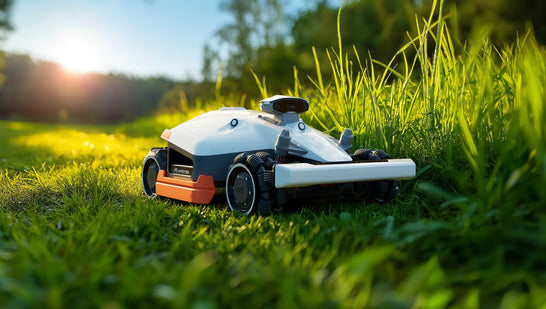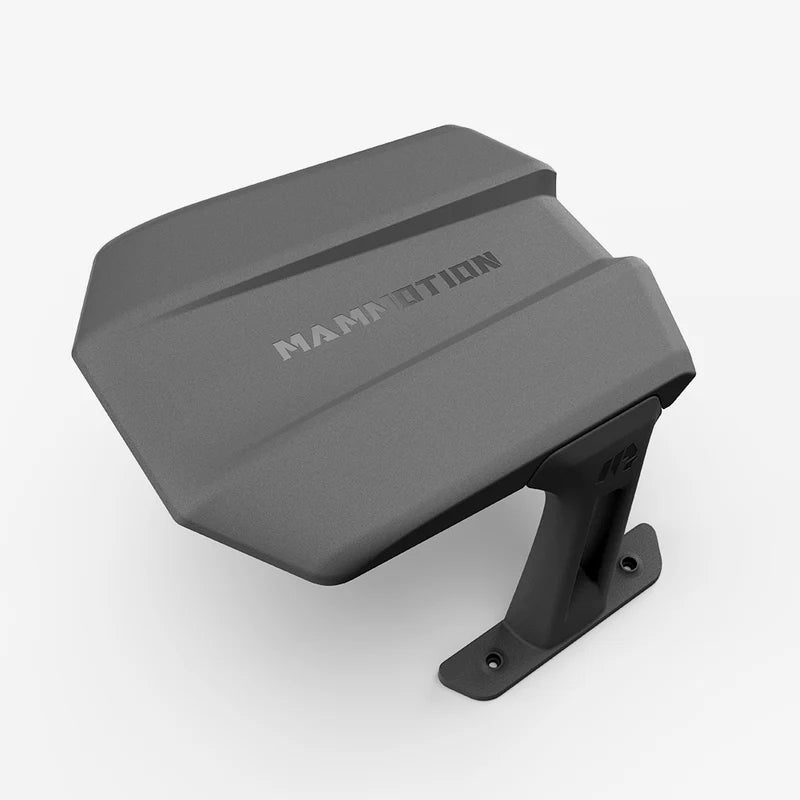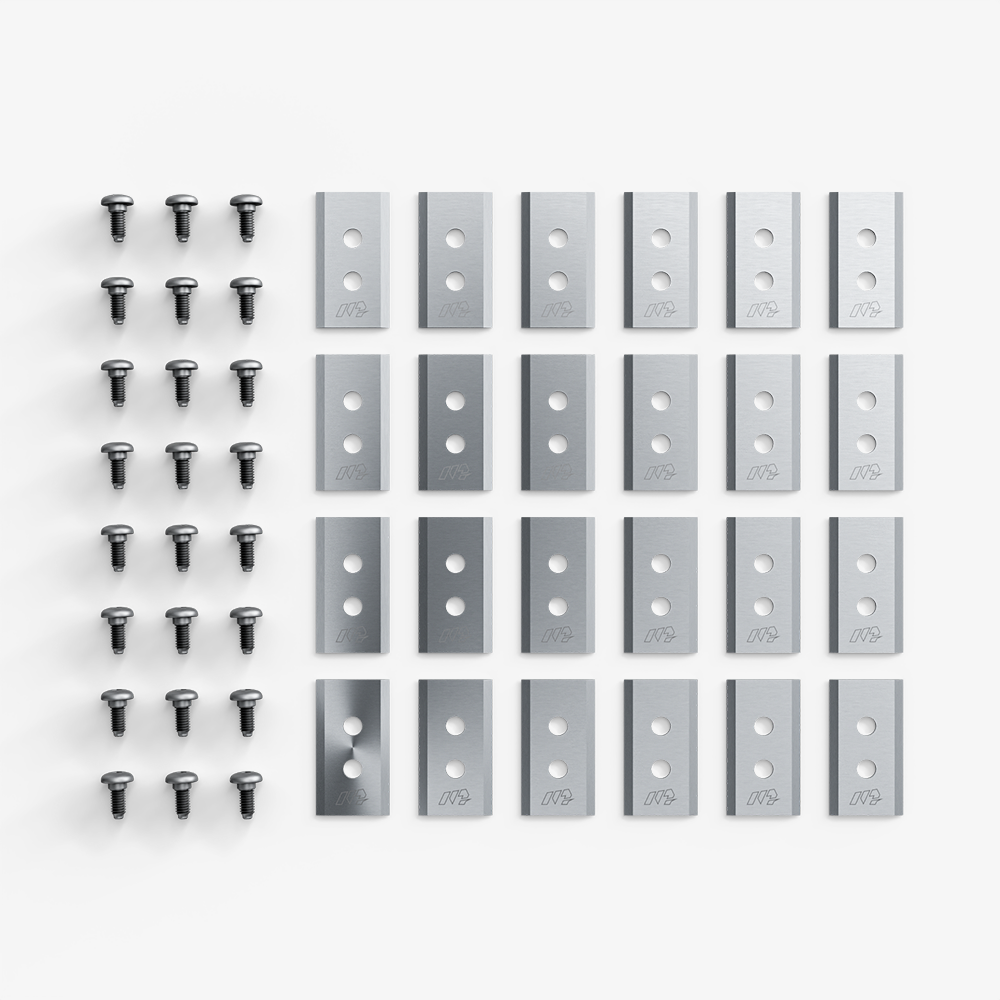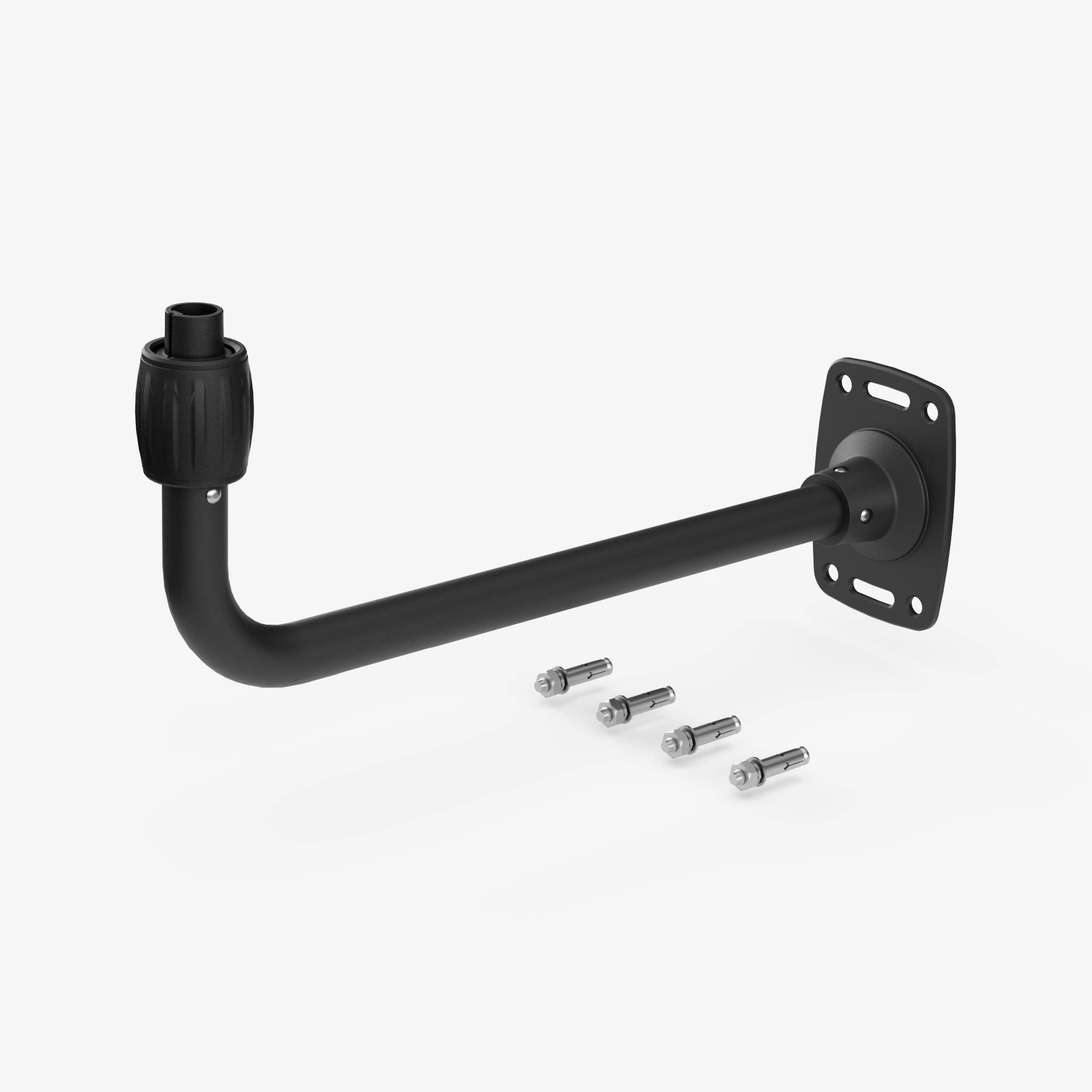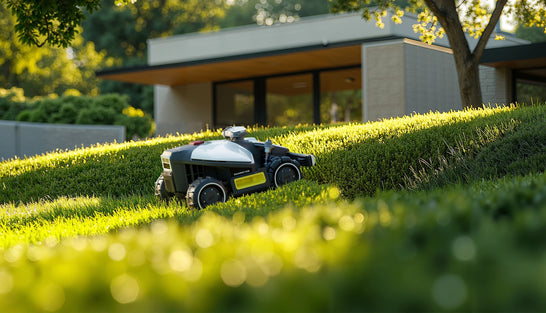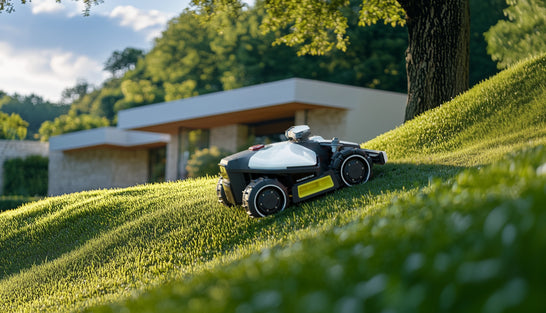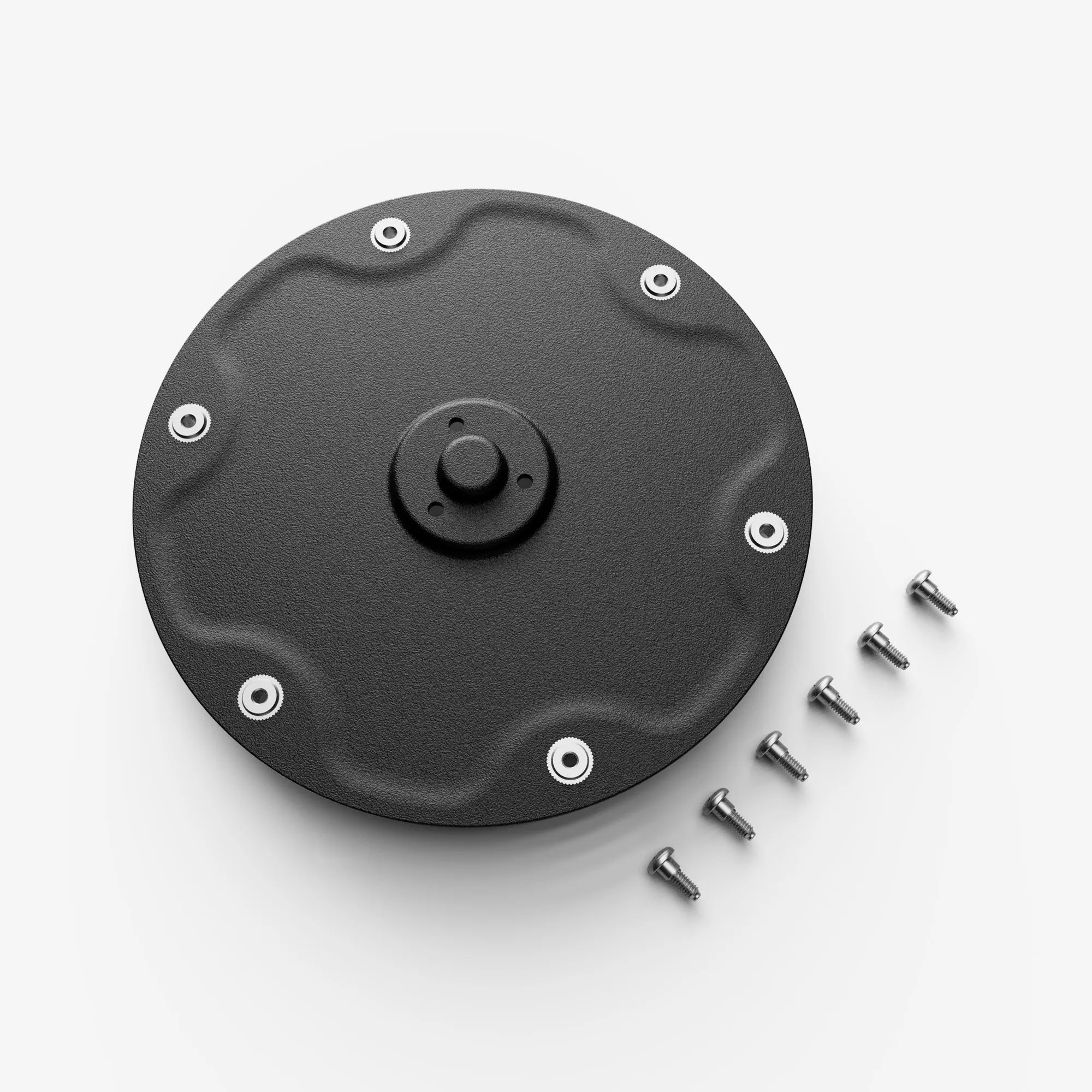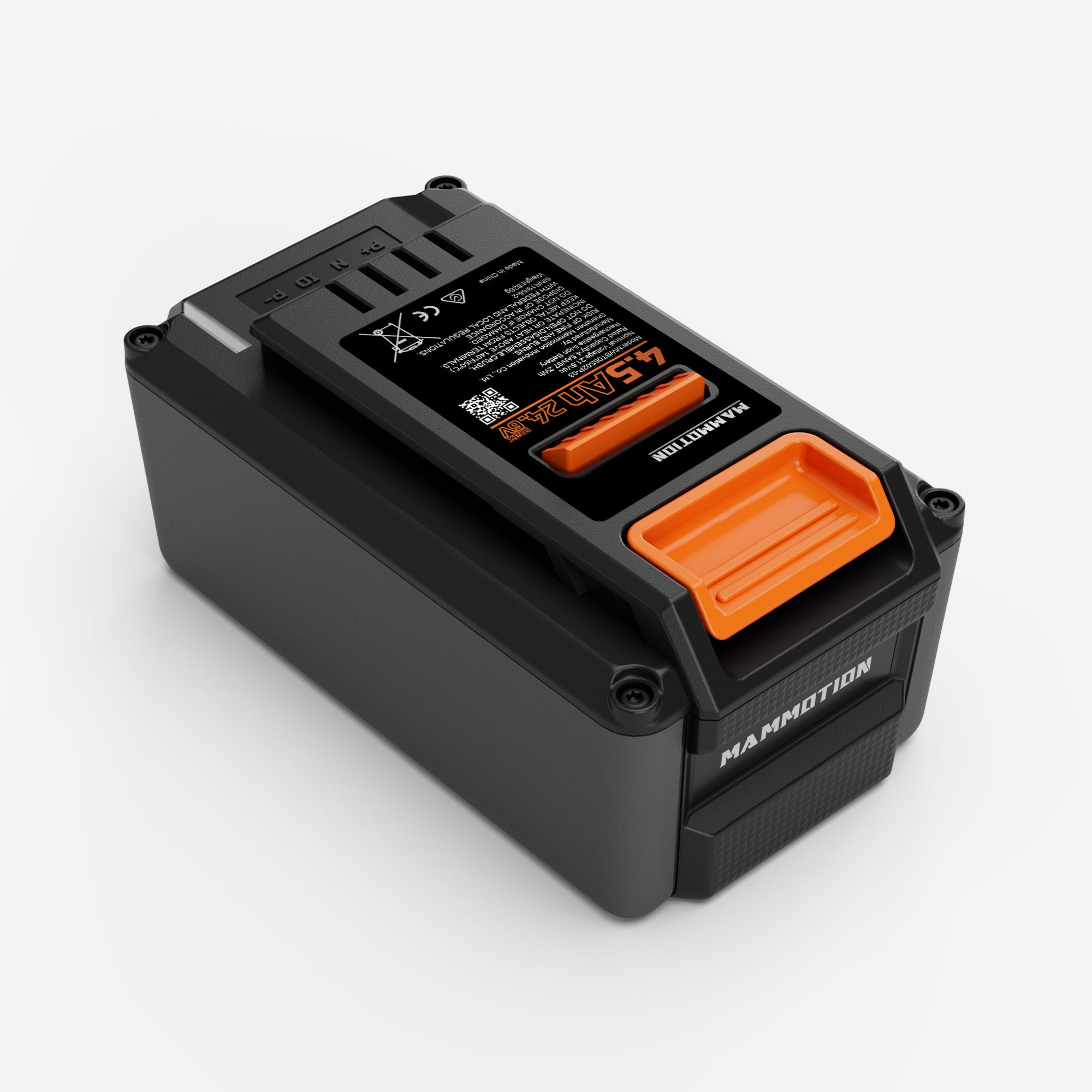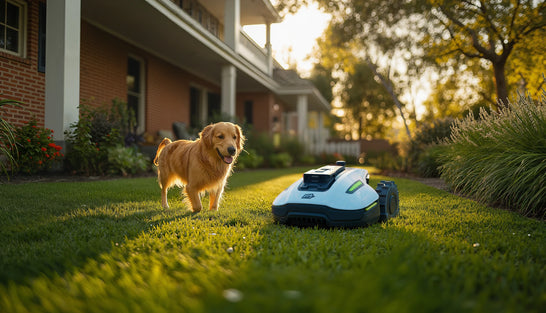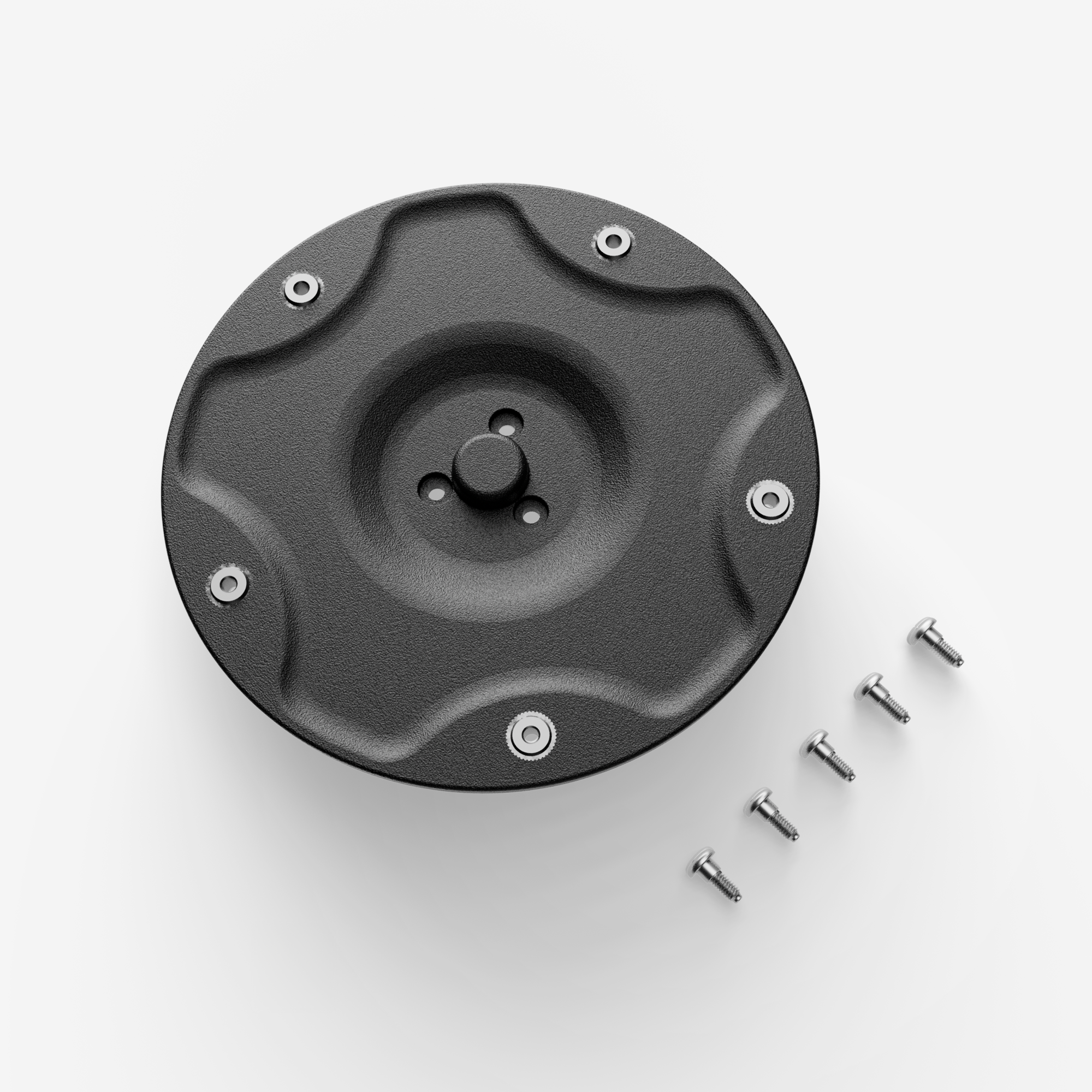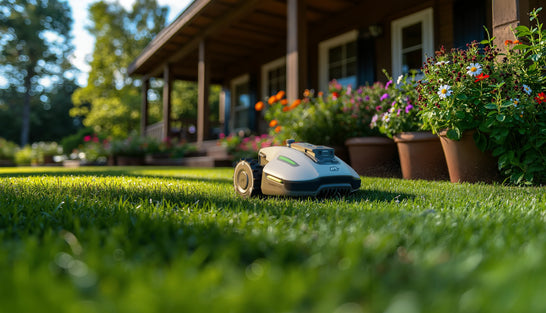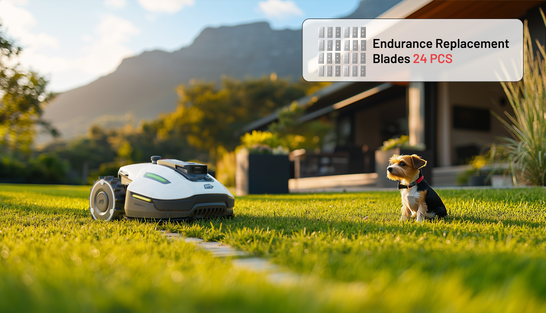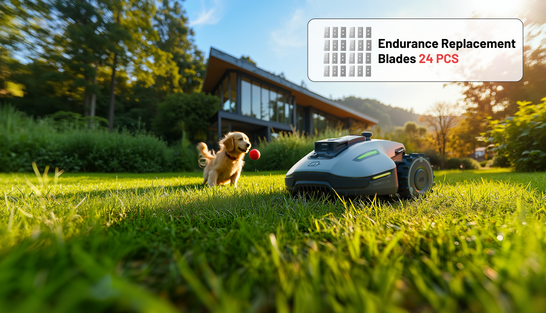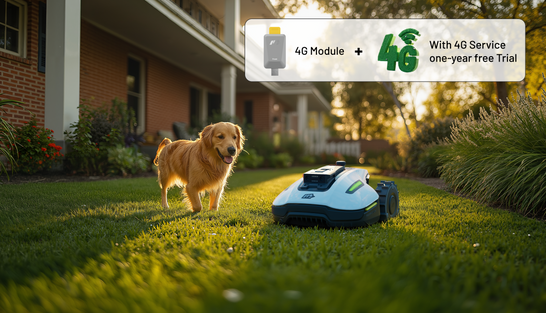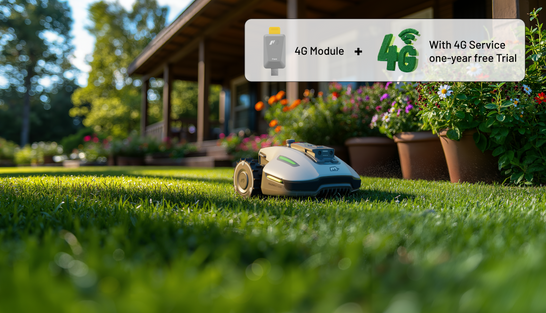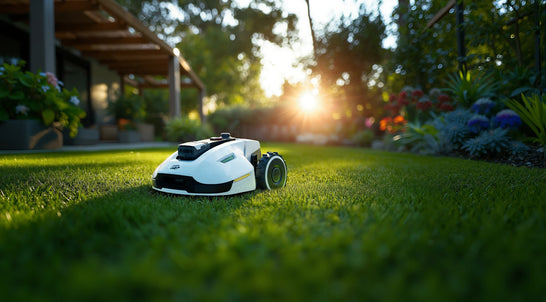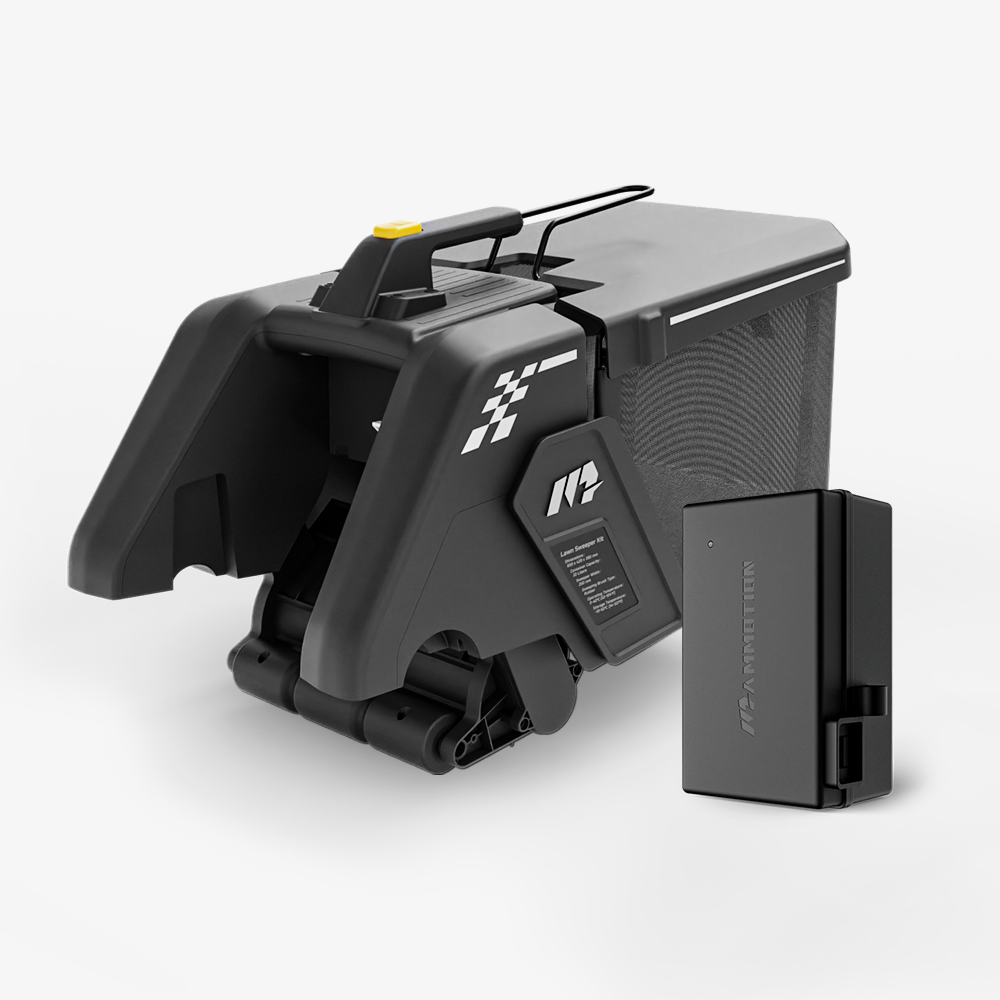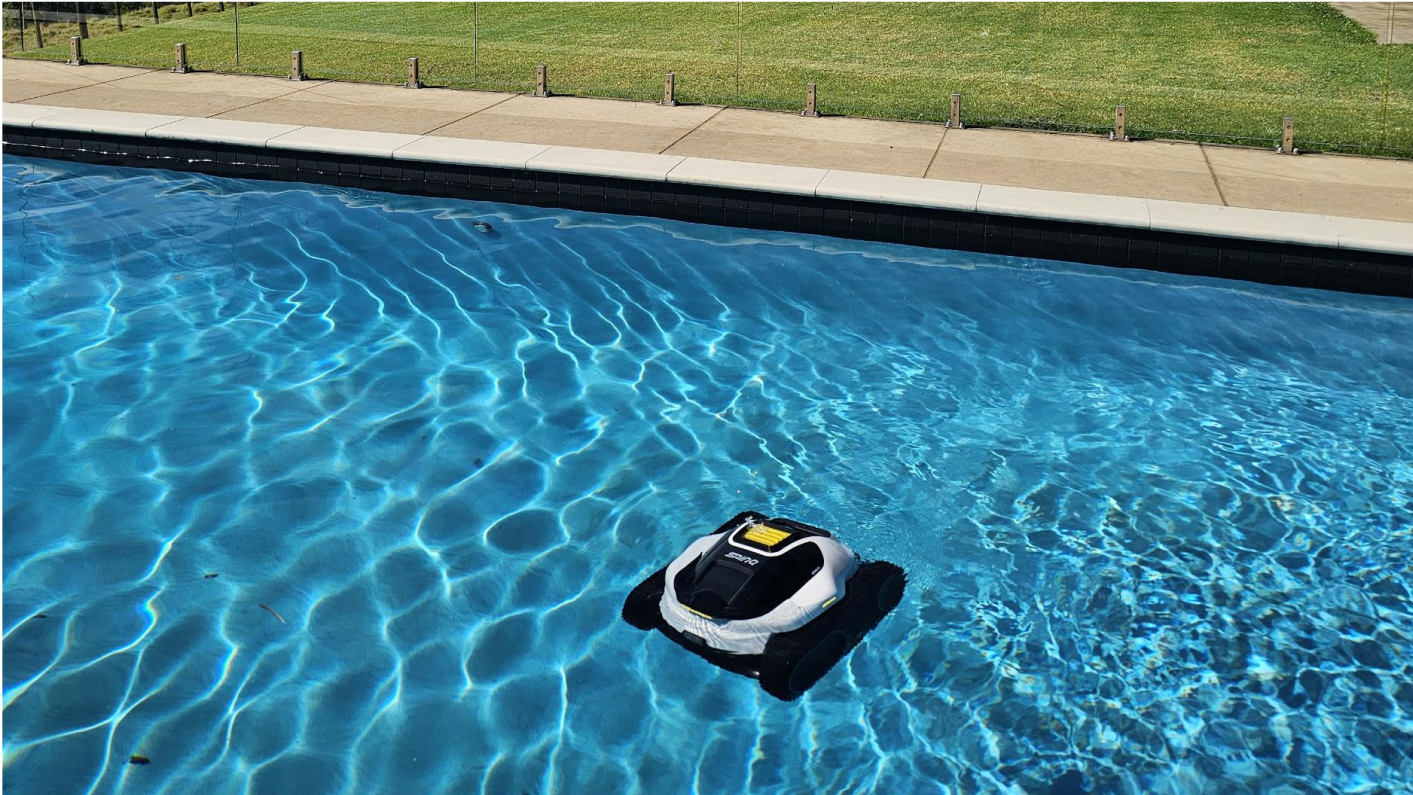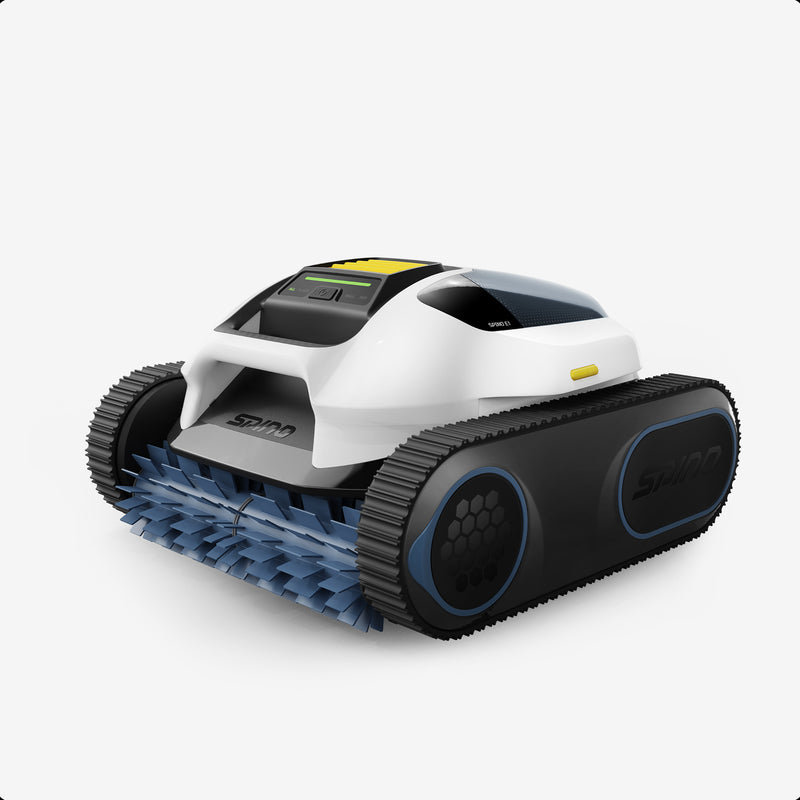Can you swim with a robot pool vacuum running? Short answer: Manufacturers and experts strongly recommend you do not swim while a robot pool vacuum is running. Although most modern robot pool vacuums run on low voltage and are engineered to be waterproof, the practical risks — entanglement, interference with the cleaner, wear-and-tear, and the need to keep the power supply dry and protected — make it poor practice.
Below is a clear, practical guide that explains the why, when it might be technically possible, and what safe routines look like if you own a robot pool vacuum.
How a Robot Pool Vacuum Works — Quick Primer
A robot pool vacuum is a self-contained cleaning unit that sits in the water and scrubs, vacuums, and filters debris. Most plug-in models use a low-voltage transformer on the deck (the power brick stays dry) and a long tether/cable to supply power. Cordless battery robots exist too — they remove the tether but bring trade-offs in run time and suction. The cleaner’s motor, brushes, and internal filters do the heavy lifting while the pump and filtration system remain separate.
Why this matters: the low-voltage design reduces electrical shock risk, but it does not remove other hazards (entanglement, interference, damaged seals) or the need to protect the power supply and connections.
What Robot Pool Vacuum Manufacturers Say
Major robot pool vacuum manufacturers nearly always include strict safety guidance in their manuals and FAQs. For example, Maytronics (Dolphin) states plainly: “For your safety and the safety of others, we do not recommend entering the pool while the robot is in operation.” Manuals also instruct users to keep the power supply at a safe distance from the pool and to unplug the power supply before servicing the unit.
Those instructions are not legal nitpicking — they’re practical safety rules that take into account the whole system (robot in water + power supply on deck + tether/cord).
Main Risks of Swimming While the Robot Pool Vacuum is Running
1. Entanglement and trips
Tethers and cords can catch on feet, wrap around limbs, or create unexpected trip hazards while you’re in the water. Even if the power is low-voltage, being tangled in a moving device in the water is dangerous and can cause panic or injury. Pool-owner forums and safety guides consistently flag entanglement as a primary concern.
2. Interference with cleaning and sensors
Human movement disturbs the robot’s navigation and prevents it from completing its programmed path. That means incomplete cleaning and longer cycles — and a dirty pool after the swimmer leaves. It’s simply inefficient to swim while the robot is trying to map and clean the floor and walls.
3. Wear, bumping, and waterproof stress
Robots are designed to handle water, but constant bumps, pushes, and swimmers stepping over or onto them can stress seals, wheels, and brush systems. Over time this reduces reliability and shortens service life. Manufacturer guidance and owner reports point to shorter lifespans when units are continually subjected to rough handling.
4. Power supply and electrical risk
Even though the cleaner itself is low-voltage, the transformer and connections must be kept dry and properly installed (GFCI-protected, placed away from the pool edge). Manuals commonly recommend positioning power supplies a specific distance from the water and unplugging before servicing — mistakes here are what create real electrical hazards.
When It Might Be Technically Okay — and Why It Still Isn’t the Best Idea
Some makers and sellers note that many robotic cleaners operate at low voltage and are waterproof, which technically reduces electrical risk. Battery (cordless) robots remove the tether/trip hazard entirely, so swimmers don’t have to worry about cords.
Bottom line: “Technically safe” ≠ “recommended.” Even cordless models can get in the way, and if a battery robot stalls under a swimmer, retrieval can be awkward and increase risk.
Practical Safety Checklist — What To Do Before You Swim
If you plan to use your pool while owning a robot pool vacuum, follow this checklist to reduce risk:
- Stop the cleaner before entering the water. Turn off at the power supply or app and lift the robot out when possible.
- Unplug or secure the power supply. Make sure the transformer is GFCI-protected and placed the recommended distance from the pool edge. Manuals often specify how far to keep it.
- Inspect the cable and tether. Look for frays, cuts, or exposed connections and replace damaged parts immediately.
- Keep kids and pets away from operating units. Robots can scare or trap small hands or paws.
- Use cordless robots if you absolutely must overlap swim time. Even then, stop the unit when you want to swim to avoid collisions and retrieval issues.
Alternatives & Scheduling Tips Between Clean Pool and Swimming
You don’t have to choose between a clean pool and swimming time:
- Schedule cleaning cycles for non-swim hours — early morning or late evening. Many robots have timers and remote controls.
- Use spot-clean or manual vacuums during swim sessions for quick touch-ups.
- Keep a cordless handheld vacuum for small debris when people are in the water.
These small routine changes preserve both safety and cleaner longevity.
FAQs
1. Can a robot vacuum shock me in the water?
Modern robots are low-voltage and unlikely to cause electrical shock if installed correctly and using a GFCI outlet. However, the transformer and connections must be kept dry and undamaged — and that’s why manufacturers still advise against swimming while robots run.
2. Are cordless robots safe to swim with?
Cordless designs eliminate cords, but they can still obstruct swimmers and suffer damage from collisions. It’s safer to stop the unit when swimmers enter.
3. What if my robot stops while I’m swimming?
Turn it off via the app or power supply and retrieve it carefully. Don’t try to cut or pull cables in the water; follow the manual’s retrieval steps.
4. Can I leave the robot in the pool all the time?
Some owners leave robots submerged between cycles, but manuals often recommend removing and storing them dry to extend life and protect seals. Follow your model’s guidance.
Final verdict
Don’t swim while a robot pool vacuum is operating. Manufacturer instructions and common-sense safety practices line up here: the cleaner might be technically safe from an electrical perspective, but entanglement, interference, and unnecessary wear are real risks. If you want seamless swim time and a clean pool, schedule cleaning cycles outside of swim hours, use cordless spot-cleaners when needed, or simply pause the robot before you jump in.

